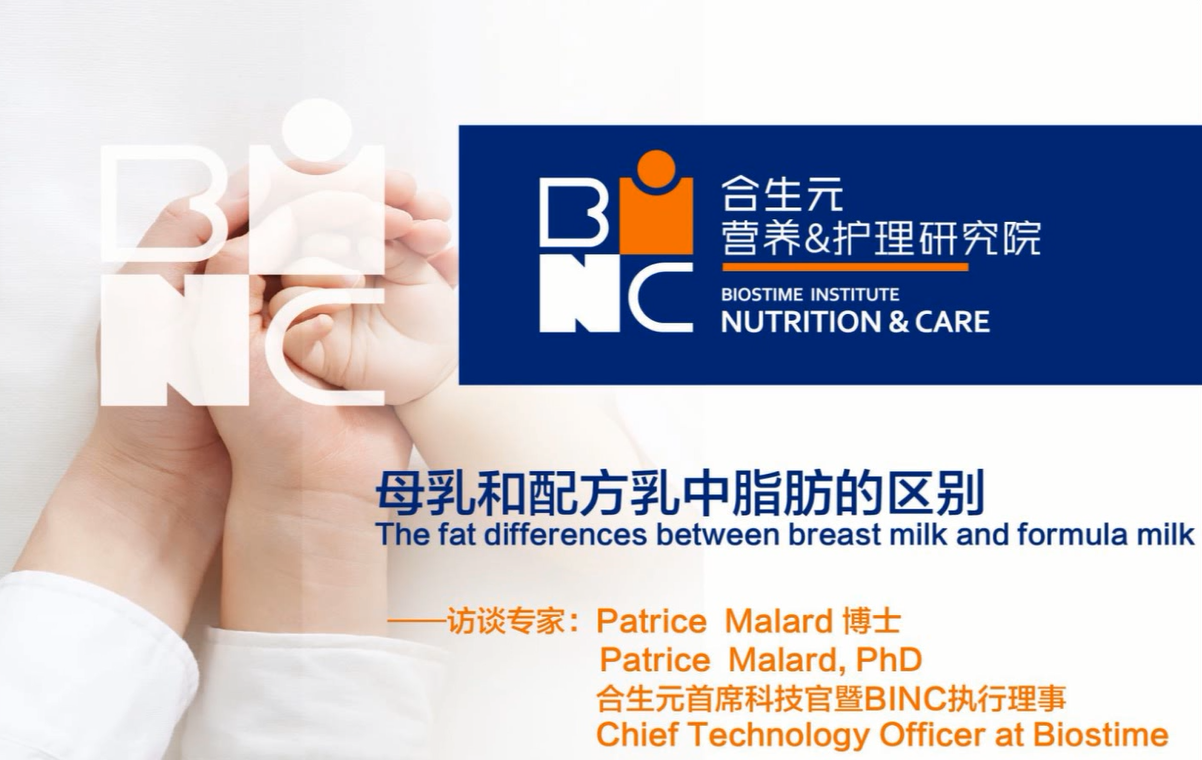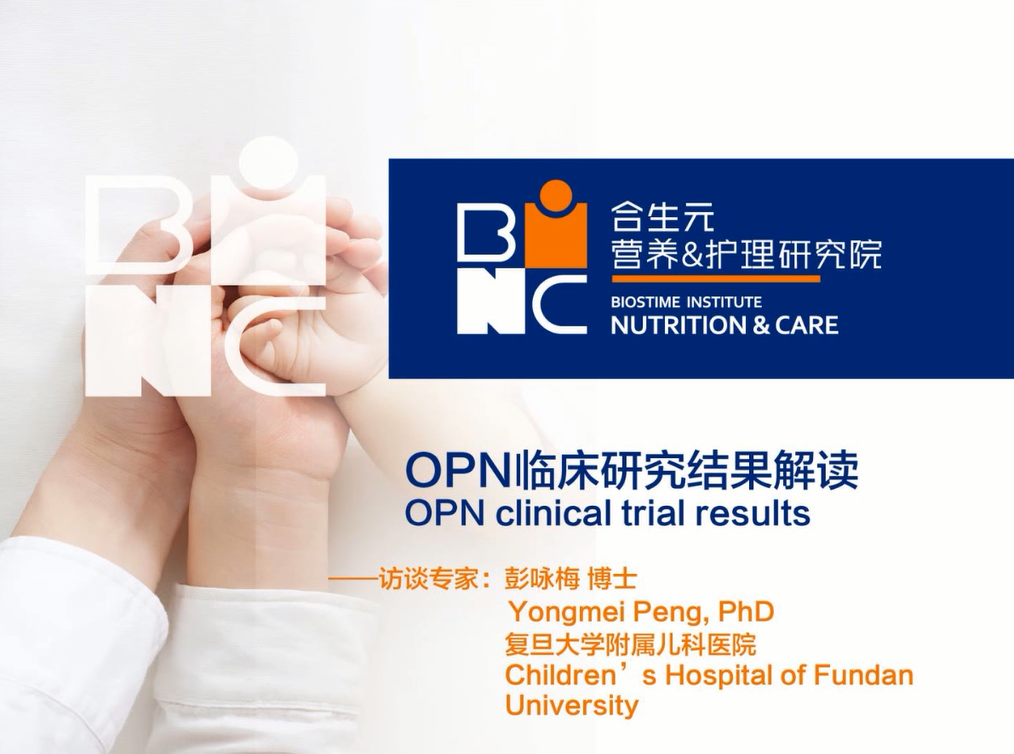On July 21-26, 2019, the Science Research Conference (SRC) themed with “The Origins and Benefits of Biologically Active Components in Human Milk” sponsored by FASEB was held in West Palm Beach, Florida, USA.

The full name of FASEB is called “Federation of American Societies for Experimental Biology”. It is aimed at promoting the development of biomedical and experimental biology research. Every year, about 10,000-20,000 scientists and more than 20 guest societies conduct academic exchanges to explore the advanced scientific issues in anatomy, biochemistry and molecular biology, experimental pathology, pharmacology, immunology, nutriology and physiology.

Since 2015, FASEB has held the special conference themed with “The Origins and Benefits of Biologically Active Components in Human Milk” annually. This year’s conference has attracted more than 100 authoritative breast milk research experts, clinical investigators, government organization representatives and related enterprises from all over the world. Dr. Jonathan Lane, R&D Project Manager of Global R&D Center of H&H Group, participated in the conference on behalf of Biostime Institute of Nutrition and Care (BINC), and shared many insights.

Dr. Daniela Barile, Associate Professor and Chief Researcher of Department of Food Science and Technology, University of California, Davis, and Dr. Jonathan Lane, R&D Project Manager of Global R&D Center of H&H Group, shared the recent breast milk research results.
Human Milk Oligosaccharides HMO
a. Because pigs have similar physiological functions with human, such as gut-brain axis, digestive system and 80% homologous immune system, the piglet/aseptic piglet model can be used for HMO research
b. Importance and impact of secretor and non-secretor mothers on breast milk composition and infant health
c. Potential of 3-FL (3-fucosyl lactose) used as a nutritional supplement in the treatment of rheumatoid arthritis
d. Research on breast milk Moonshot project and HMO in the treatment of infectious diseases, obesity, diabetes, IBD and breast cancer and other diseases
(Shared by Dr. Sharon Donovan, Prof. Lars Bode and Dr. Daniela Barile)
Importance and Uniqueness of Bifidobacteria
a. Bifidobacterium has high specificity to HMO.
b. The ability of Bifidobacterium longum and bifidobacterium infantis can promote the growth of other commensal through high level specific metabolism of certain HMOs.
c. In addition, it can supplement bifidobacteria and HMO and make bifidobacteria live continuously.
(Shared by Prof. David Mills, Dr. David Sela)
Infant & Lactational Development before and after delivery
a. “Developmental origin of Health & Disease”
b. Linked between uterine – lactational – neonatal development
c. Uterine development, which is associated with bioactive hormones in milk (e.g. lactocrine), in the first 12 months of life has been linked with fertility and mode of delivery later in life
d. Need to study epigenetic factors to understand if they are passed on to the next generation
e. Impacts of maternal isolation stress on breast milk composition and infant cognitive development and personality
f. Relationship between infant sex and breast milk synthesis (breast milk volume and composition)
(Shared by Dr. Frank Bartol, Dr. Katie Hinde and Dr. Anna Ziomkiewkz)
Bioactive Hormones in Breast Milk
a. Hormones in breast milk can be used as predictors of infant behavior and growth, can promote sleep and are relevant to feeding duration.
b. More researches on the need of bioactive hormones in breast milk substitutes are required.
(Shared by Dr. Nurul Husna Mohd Shurki)
Use of Cannabis and δ-9 Tetrahydrocannabinol in Human Milk
a. Increasing rate of cannabis use during pregnancy and lactation linked to stress, nausea and comfort.
b. Tetrahydrocannabinol is common and continuously exists in breast milk of mothers using cannabis.
c. At present, it is recommended to avoid using cannabis, however, further clinical evidence is required to support the potential links between cannabis use and infant crying, movement, diarrhoea, fever and neurodevelopment.
(Shared by Dr. Christina Chambers)
Breast milk is the golden food for infants. Whether in the past, in the present or in the future, breast milk is the focus of infant health research. As a promoter of maternal and infant health, BINC always focuses on breast milk research, providing abundant funds to support breast milk research, actively participating in academic exchanges at home and abroad and jointly exploring the mystery of breast milk with global scholars to help babies grow up.
- BINC NEWS
-
INTERVIEW
-
-
13792020/06/30 00:00
-
76982016/05/20 13:53
-
76722016/05/20 15:48
-
- STUDY RESOURCES
-
-
106912019/01/01
-
86462019/02/28
-
79692018/10/31
-




